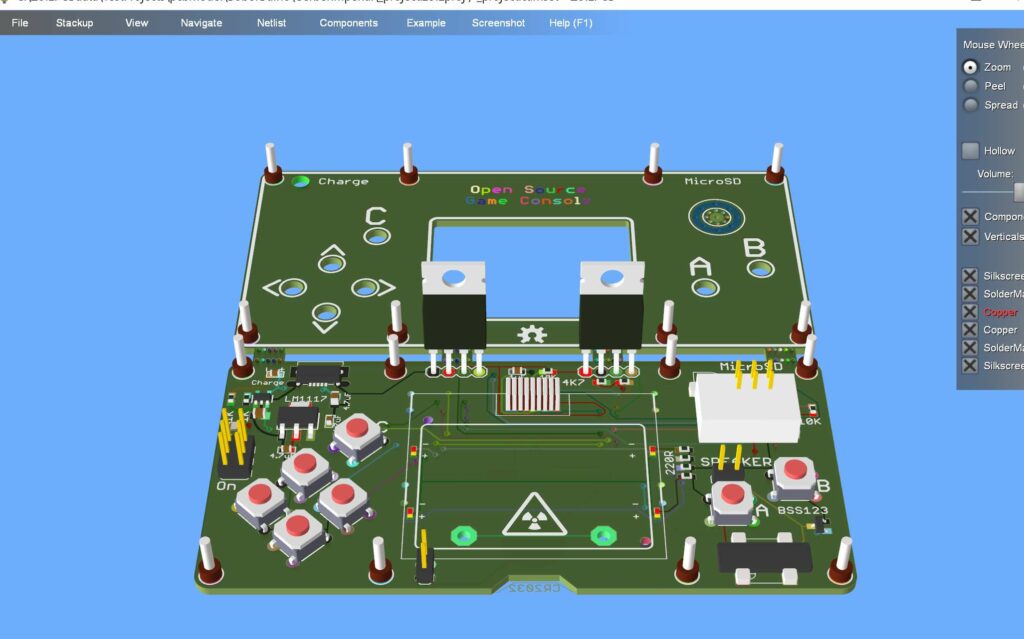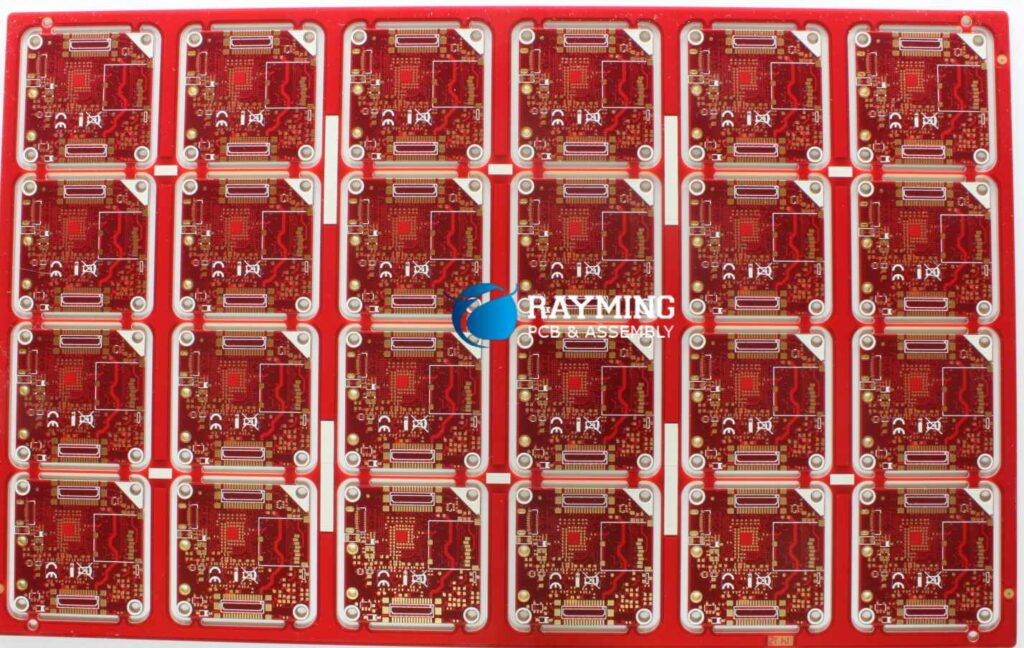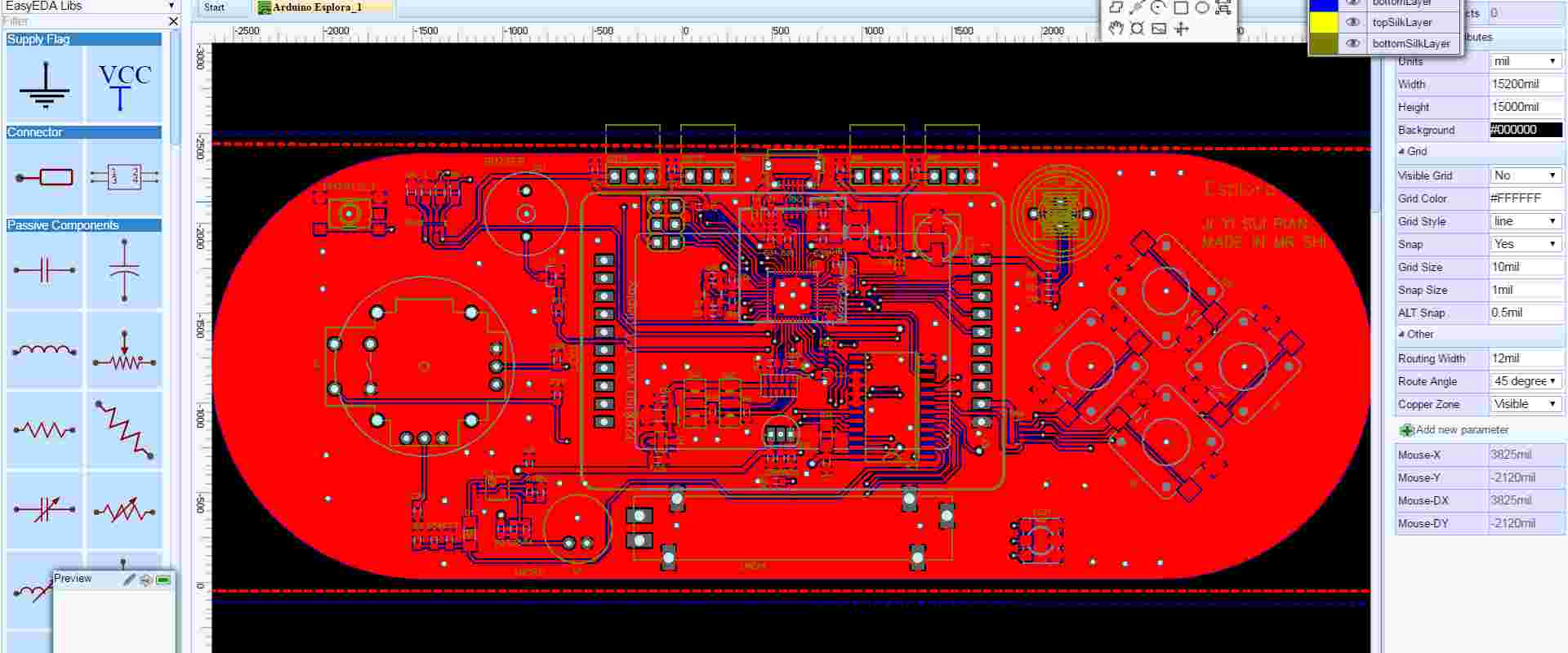Protel PCB was one of the early and widely used printed circuit board (PCB) design software tools for electronic engineers to lay out boards. Originally created by Labcenter Electronics in the UK, Protel became popular in the 1990s for schematic capture and PCB layout. The technology and brand name got subsequently acquired by Altium Limited.
This article covers the history of Protel PCB, its features and capabilities as it evolved over decades, reasons for its popularity at one time, comparison with competing tools, limitations leading to its eventual retirement, and the legacy it left behind for the EDA industry.
Origins of Protel Software
In 1983, a small British company called Labcenter Electronics launched an innovative software called Protel Autotrax that could run on early 8-bit personal computers to design printed circuit board (PCB) layouts and produce manufacturing plots. This emerged when most competing PCB tools ran on expensive engineering workstations costing tens of thousands of dollars.
Protel offered sophisticated features like:
- Schematic capture with component libraries
- Multi-layer PCB layout with autorouting
- Design rule checking (DRC)
- Outputs for pen plotters and photo imagers
It supported early platforms like Apple II, Commodore 64 and IBM PC compatibles equipped with graphics adapter card. The attractive pricing and features made it an immediate hit within the electronics hobby community.
Over the next decade, Protel Autotrax, Protel for DOS and Protel advanced as Windows 3.1 emerged, adding more functionality covering the entire PCB development cycle. Let’s look at the capabilities as it matured.
Key Features of Protel PCB Suite

By late 1990s, Protel 99 SE became quite advanced, integrating schematic design, simulation, PCB layout, autorouting and manufacturing outputs for fabrication and assembly. Some salient attributes included:
• Schematic Design
- Hierarchical circuit design with multi-page sheets
- Extensive component libraries and symbol editor
- Connectivity checking and bill of materials (BOM) reports
- Flexible netlist generation for PCB layout
• Simulation and Testing
- Integrated simulation for analog and digital circuits
- Early signal integrity analysis features
- Import testability data from layout
• PCB Layout
- Rule-driven high speed autorouter
- Manual trace and polygon pours
- Split power planes and signal layers
- Design rule checking (DRC)
- 3D view with step model imports
• Manufacturing Outputs
- Gerber plot and Excellon drill files
- NC drill plus mech drawings exports
- Pick and place assembly instructions
With multi-user licensing options, Protel systems were extensively used by smaller design teams and service bureau until mainstream 3D solvers appeared integrated EDA tools arrived.
But why was Protel software so popular and accessible?
Key Reasons for Protel’s Popularity
During 1980s and 90s, developing bespoke electronic hardware required significant investment. Digital design flowed between proprietary CAD frameworks from Mentor, Cadence and Synopsys running on engineering workstations while PCB layout needed dedicated Apollo/Sun systems. Expensive licenses and infrastructure costs limited access.
Protel disrupted this status quo by offering:
1. Affordability
With capability analogous to high-priced minicomputer solutions but running on $5000 IBM PCs, Protel democratized PCB design through low license cost.
2. Ease of Learning
The Microsoft Windows style UI with flow-based methodology enabled first time users to quickly layout boards.
3. Practical Feature Set
It incorporated essential features for functional board development rather than exhaustively modeling complex electrical behaviors.
**4. Customizability **
Open architecture allowed developers to build custom extensions for specialized tasks.
So for budget-sensitive projects, Proteldelivered a cost-effective PCB design platform thanks to accessible pricing coupled with usable capabilities. This catalyzed rapid adoption across small-medium companies along with the hobby electronics community.
Comparison Between Protel and Competing Tools

At its peak popularity around mid-1990s, Protel competed against both established workstation-based systems and emerging Windows-based tools like Orcad, PADS etc targeting similar small engineering teams. How did Protel compare?
vs Traditional EDA Vendors
While tools from Mentor, Cadence and Zuken offered advanced modeling and analysis capabilities, they required proprietary engineering hardware/OS platforms costing over $50k. In contrast, Protel could run on standard Wintel machines under $10k.
vs Orcad and PADS
Orcad provided fully compatible PCB solutions but had limitations in high-speed design and signal integrity analysis compared to feature-rich Protel 99. PADS trailed behind Protel in usablity despite robust modeling.
vs Altium Designer
Altium (then called Protel DXP) later acquired Protel suite to merge the UI/UX accessibility with high-end analysis engines for a unified EDA system that continues to dominate the SMB space today.
So well-tuned functionality for the entire electronics development cycle at one-tenth the license cost of enterprise tools fueled Protel’s popularity in the 90s era. But certain technology shortcomings gradually emerged.
Limitations of Protel Software
While Protel served the affordable Windows-based PCB layout market for almost two decades, some technology gaps surfaced in late 1990s as electronics systems got more complex. Key restrictions experienced by Protel users were:
1. Weak Simulation Depth
Basic analog modeling lacked necessary SPICE precision for high-speed digital circuits requiring IBIS and electromigration checks.
2. Restrictive High-Speed Design
No phase-based impedance tuning, latency management or adaptable power planes for multi-GHz links found in latest FPGAs and ASICS.
3. Manual SI/PI Analysis
Minimal signal/power integrity checks and guideline enforcement during layout with no real-time feedback.
4. Disconnected Manufacturing Data
Lacked direct Gerber viewer, test coverage metrics or CAM file validations to streamline fabrication handoff.
5. Finite Licensing
Per seat licensing hindered collaborative design inviting significant release overhead.
So keeping pace with silicon integration and high-speed protocols remained challenging for aging Protel codebase as electronics got more intricate. This sparked architectural re-invention.
The Evolution to Unified Modern EDA Tools
By early 2000s, electronics hardware development needed well-integrated solutions spanning entire product lifecycle from concept to manufacturing release across various domains expertise. This motivated unifying diverse engines.
Altium Strategy
In 2001, Altium (then called Protel DXP) acquired the Protel suite to combine strengths – Protel’s ease of use and Altium’s high-end analysis capabilities into a unified next-gen platform. This became the Altium Designer tool of today.
Platform Convergence
Other established vendors also embarked on consolidating diverse tools into unified environments like Cadence Allegro/OrCAD, Mentor Xpedition, Zuken CR 5000 etc.
So Protel’s DNA got infused into modern solutions as complexity demands precipitated integration.
The Legacy of Protel Software
While retired commercially, Protel pioneered affordable Windows-based electronics development that catalyzed several transformations:
1. Democratized PCB Layout
Enabling individual engineers instead of centralized layout teams
2. Fueled Open Source EDA
Concepts seeds spawned KiCAD, gEDA and forked versions
3. Built User Base for Altium
Acquiring Protel community grinded Altium’s growth
4. Trained silicon designers
Got a generation of hardware engineers started
5. Inspired SaaS business models
Later sparked cloud-based tools like Upverter
So Protel’s revolutionary approach culturally and technologically impacted the electronics design industry in many ways.
And while retired as a standalone system, Protel’s legacy persists with several engineers gained expertise using it now leading advanced programs. The fundamentals are an enduring foundation for career growth.
Summary: The Rise and Evolution of Protel
In closing, Protel pioneered affordable PCB layout tools for standard computers that equipped mainstream engineers to cost-effectively design circuit boards, sparking wide adoption. Its acquisition by Altium capped 20 years of momentum where limitations also became apparent. This seeded integrated next-generation solutions available today that fulfill complex electronics engineering challenges while retaining accessibility for smaller organizations.
So Protel’s run ended but its technology and business model defined today’s $5 billion EDA industry targeting accelerated product realization. The earnest attempt at demystifying hardware development for resource-constrained teams remains a guiding light.
And with this illustrious history hopefully captured across pivotal dimensions, we conclude our retrospective on Protel – appreciating its glory days, limits precipitating retirement and enduring impact on electronics engineers worldwide – inspiring multiple generations along the way.





